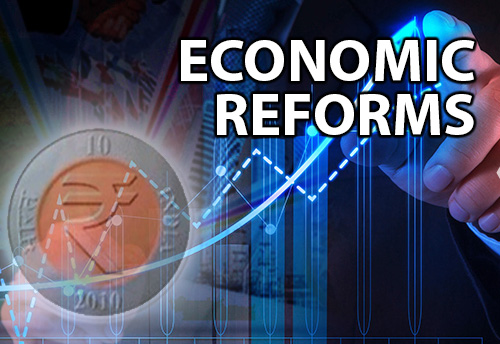Written by: Noor Basra
Pakistan, a country rich in culture and history, has long been plagued by political unrest and struggles to establish a lasting democratic government. Over the years, the nation has experienced several political upheavals, military interventions and power struggles. Meanwhile, Pakistan is working towards stable and democratic elections despite these obstacles. In this article, we will examine the current political environment in Pakistan, the steps taken to promote stability and a democratic society.
The political history of Pakistan began in 1947 after its independence from British rule. Since then, the nation has gone through phases of military dictatorship combined with democratic administrations. Due to the military’s grip on politics, democratic institutions often struggle to expand, creating an unstable political environment. However, recent years have seen a slow shift towards a more democratic and inclusive government.
Establishing and restoring democratic institutions is an important step towards achieving stability and democracy in Pakistan. Judiciary, media and civil society have all been essential to ensure honesty and hold government accountable. The independence of the judiciary has proved essential to eradicate corruption and guarantee bias-free elections. Similarly, a thriving media environment has given a forum to different viewpoints and fostered discourse about politics in public spaces.
Pakistan has made major electoral reforms in an effort to promote democracy. The Election Commission of Pakistan is working hard to ensure free and fair elections. Measures such as voter education initiatives, biometric authentication and installation of computerized voting machines have been taken to improve the credibility of the electoral process. The objectives of these changes are to reduce electoral fraud and increase public confidence in the democratic system.
Don’t forget to Subscribe our Youtube Channel & Press Bell Icon.
Pakistan’s political landscape is significantly shaped by the ruling parties. The nation has seen the rise of a number of political parties over time, each representing different beliefs and concerns. The widespread use of coalition management has made it possible to make decision-making more inclusive. These alliances have helped to bridge the political vacuum and create a spirit of compromise, both of which are essential for a stable democracy. Despite its progress, Pakistan has many hurdles to overcome before achieving stability and democracy. Absence of political agreement, poor governance and corruption continue to hamper the country’s development. Extremist ideologies and regional tensions further challenge Pakistan’s democratic foundation.
It is important that political leaders put national interests before their own to remove these obstacles. Ensuring the rule of law, enhancing democratic institutions, and encouraging innovation are key steps. Additionally, empowering youth and investing in education will make them more politically aware and involved in society.
In summary, Pakistan has experienced significant changes in its political landscape as it strives for stability and democratic principles. This development has been made possible by the formation of coalition governments, electoral reforms and defensive measures of democratic institutions. But obstacles still exist, and overcoming them will take time and effort. Pakistan can advance its democratic and stable society by funding education, encouraging diversity and prioritizing national interests. Pakistan can become the stable, progressive and democratic country it desires by working together.
















